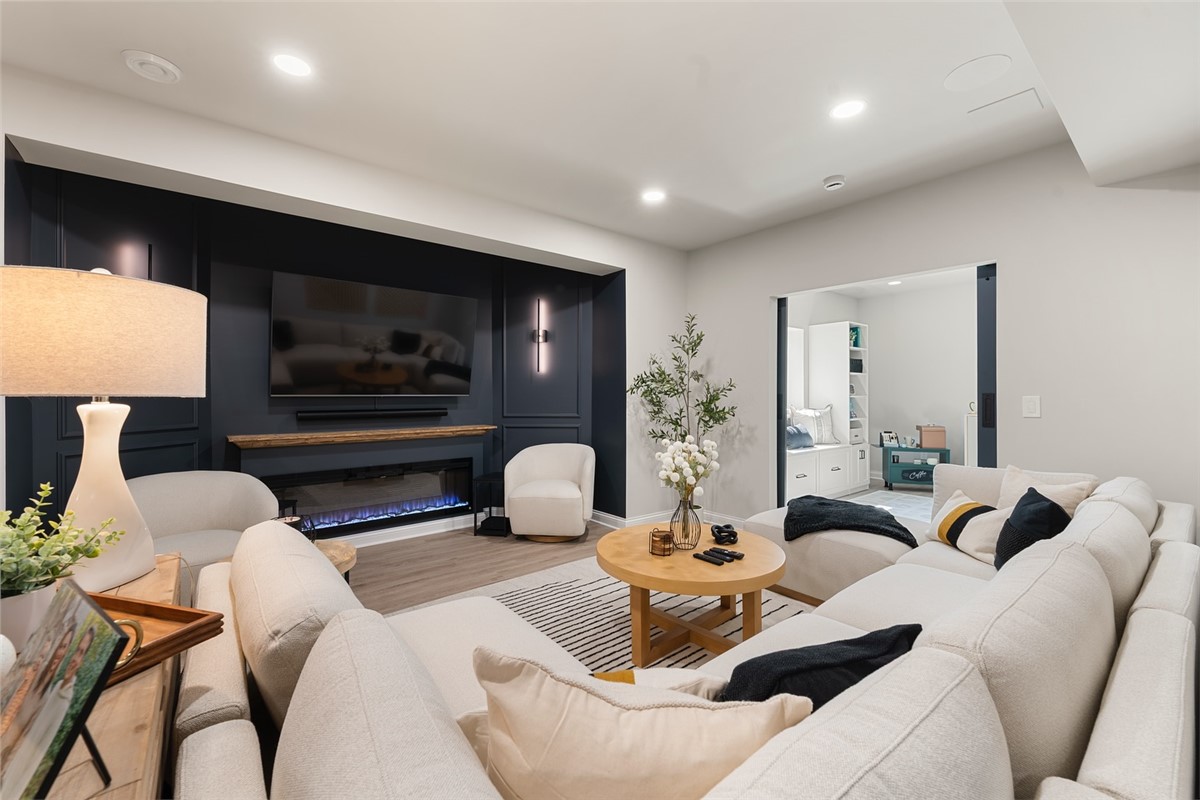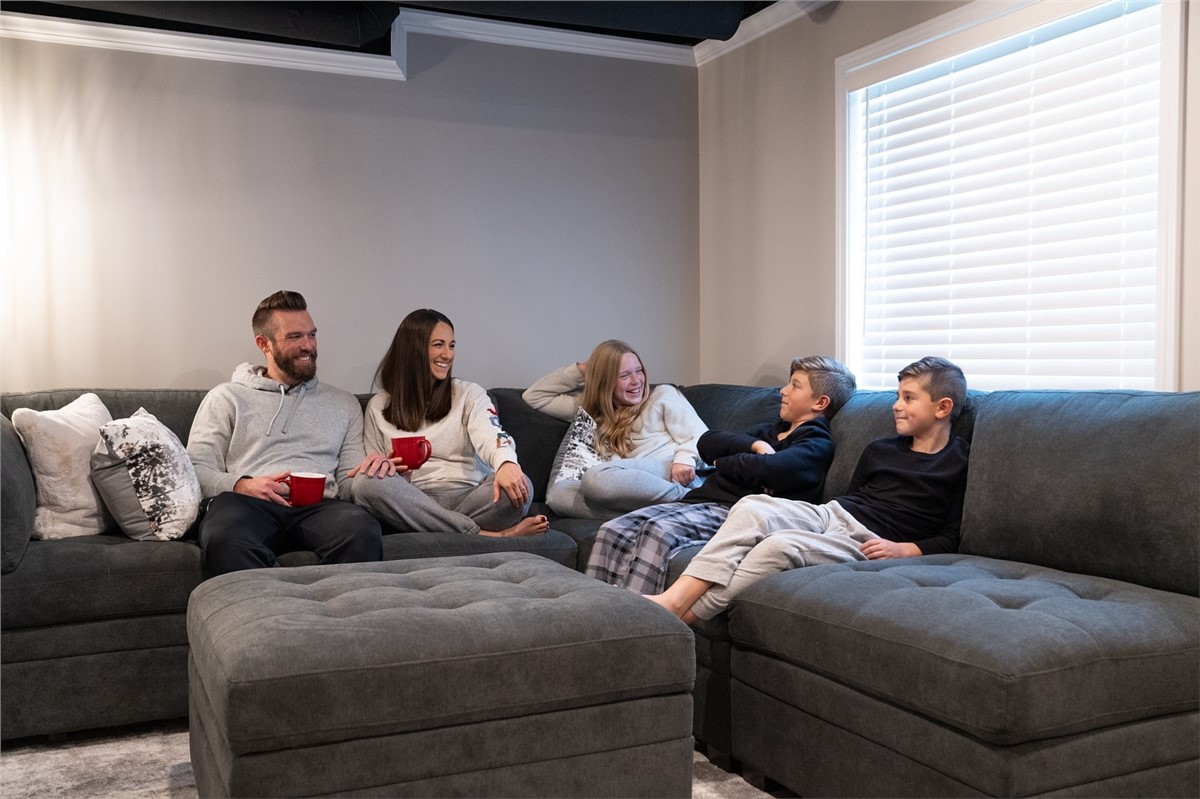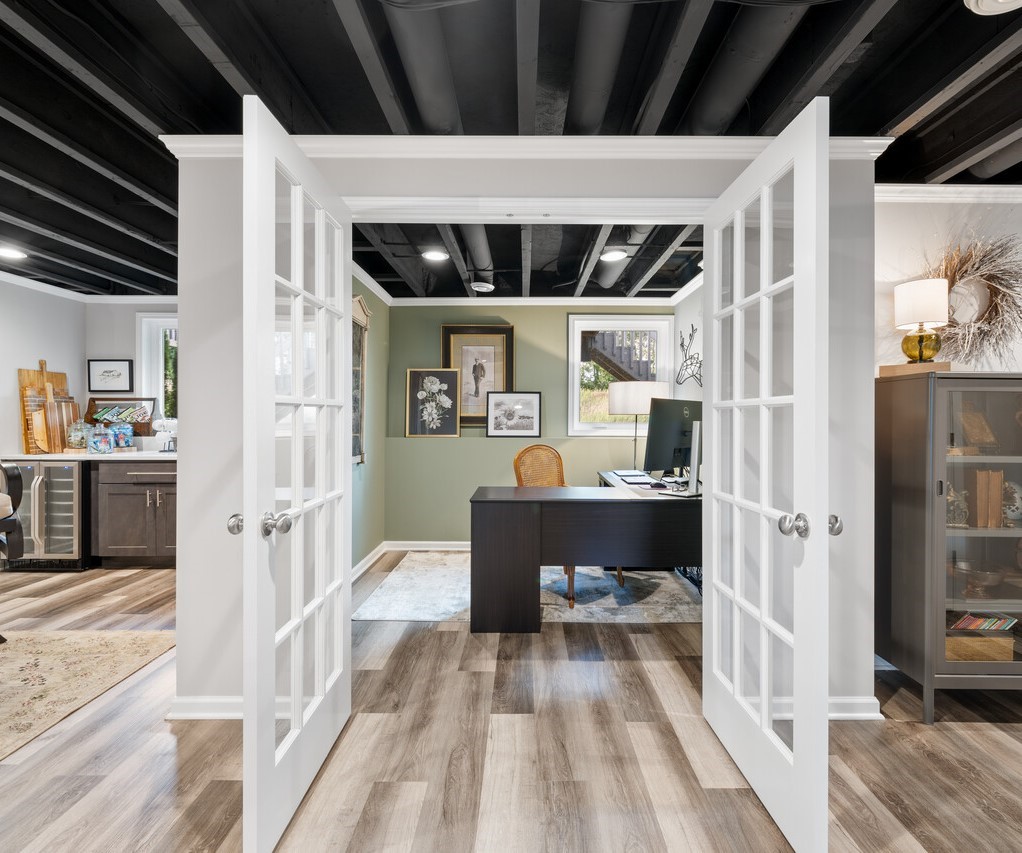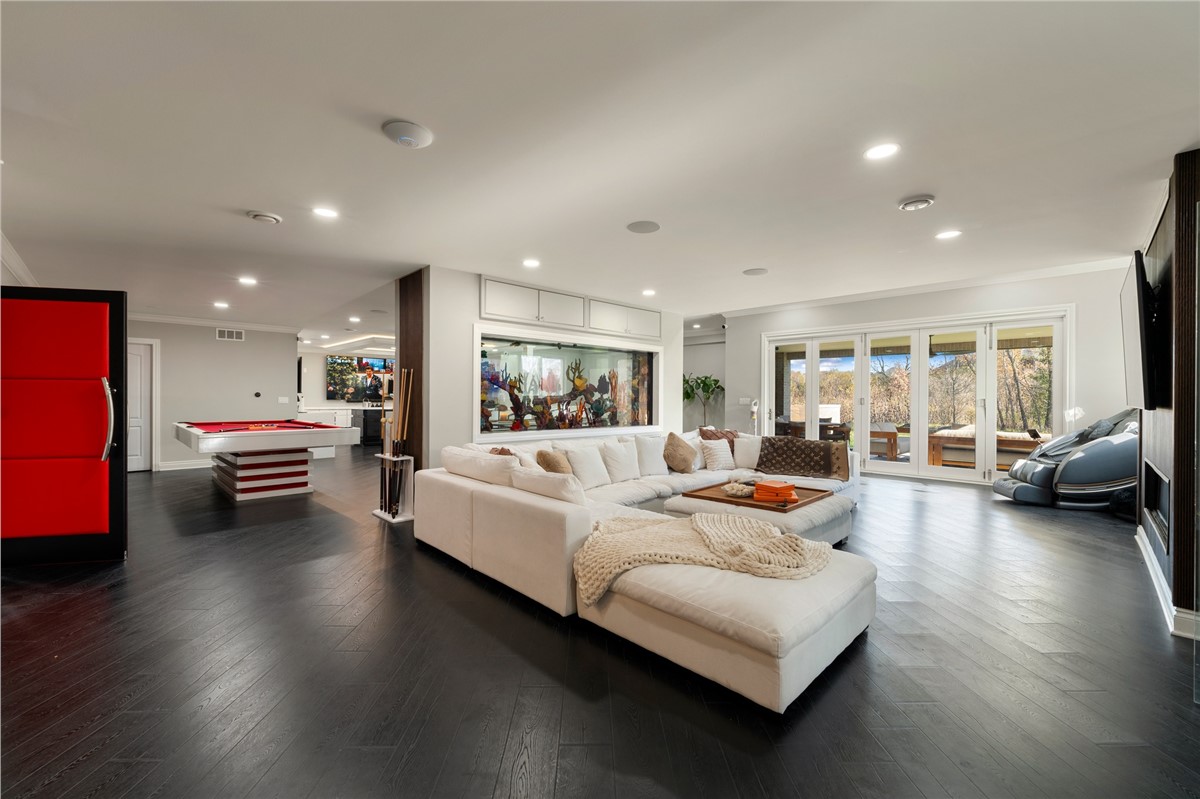The range of DIY projects has been increasing rapidly with people not only looking to save money on the process but also due to the excitement and pride that comes from tackling a large project successfully.
When it comes to DIY basement finishing, there are several important aspects to consider. Among the most important are:
Keep the Area Dry
Before planning any basement project, it is critical to check for any potential water problems. Signs that there is a problem include water drips and/or pools surrounding below-grade walls. Ensuring proper outside grading that directs water away from the foundation is crucial, as well as checking for cracks in the foundation walls. Once the project is underway, to ensure that no water problems will ensue, adding a vapor barrier to floors and walls will prevent any future water problems and subsequent costly damage.
Know Building Codes
Before starting any large project, it is crucial to understand building codes and whether one requires permits for his/her particular project, especially with those that have electrical and plumbing work—which is commonly the case with basement finishing—because inspections are necessary.
Insulation
Insulation has three fundamental functions: to help control the basement temperature; to dampen outside noise; and as another moisture control layer. There are many types of insulation available so anyone undertaking a project of this magnitude should familiarize him/herself with such products.
A wonderful product is structural insulation panels (SIPs). These are high-performance panels constructed from an insulating foam core between two structural facings. These panels are energy-efficient, cost-effective, and quite strong; enabling the DIY'er to save time, labor, and money.
Consider Drop Ceilings and Recessed Lighting
Drop—or suspended—ceilings with removable tiles are an attractive option for providing easy access to plumbing and electrical lines. Further, there are so many styles to choose from. Of particular importance is to consider the fact that drop ceilings reduce available overhead space. Recessed lighting is perfect for dropped ceilings because, unlike more traditional light fixtures, it does not take up much overhead space.
Do Not Finish the Utility Room
Any areas surrounding water heaters, HVAC components, and furnaces should remain open, clear, and unfinished to adhere to specific codes. Additionally, should any repair or service be necessary, it is much easier to access these units in an uncluttered space.
The knowledgeable folks at Matrix Basement Systems, Inc. are happy to assist their customers in planning and executing a successful DIY basement finishing—or any other basement-related—project. For more information, please contact us.
Subscribe to Matrix Basements's Blog








Comments